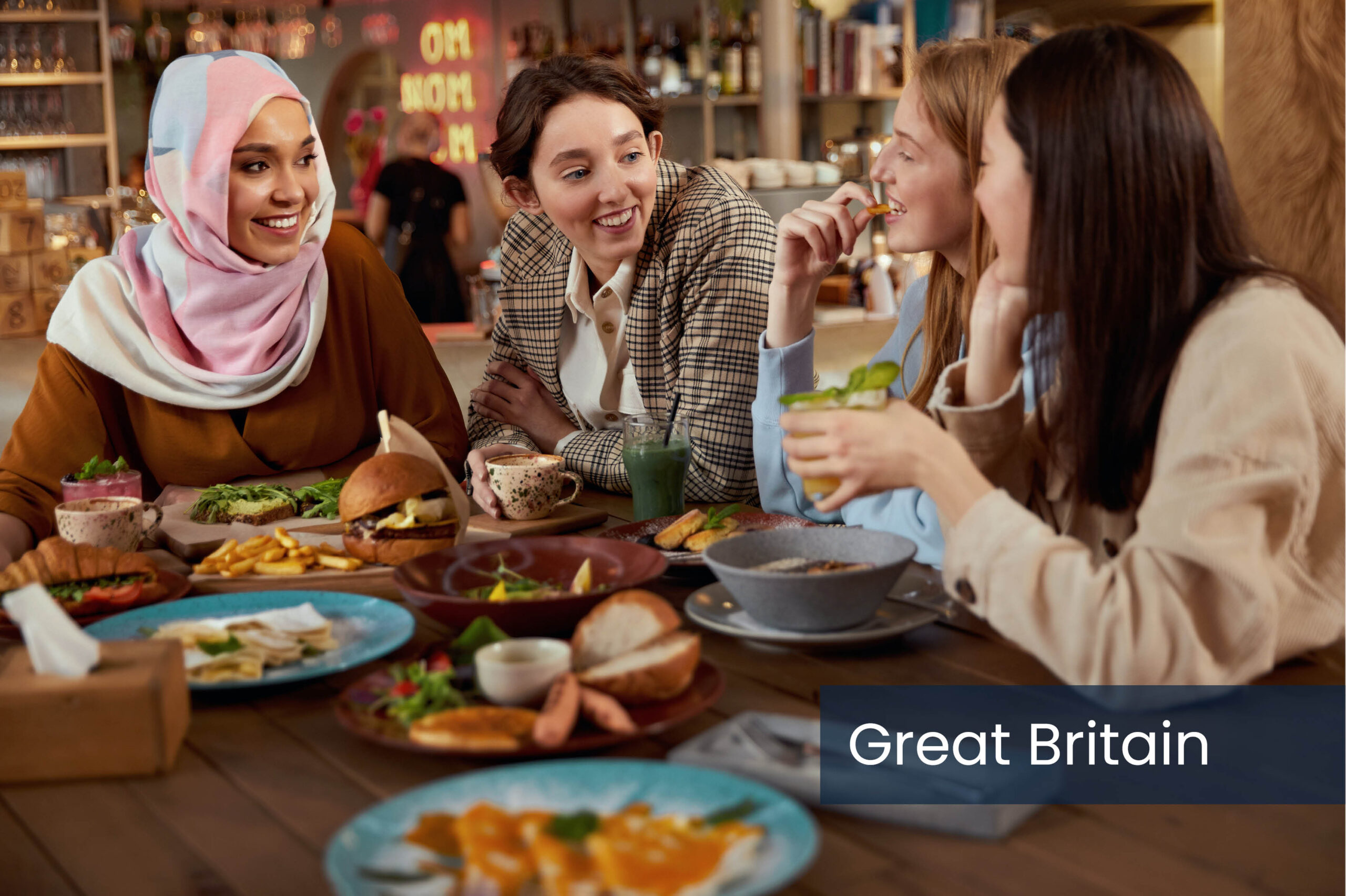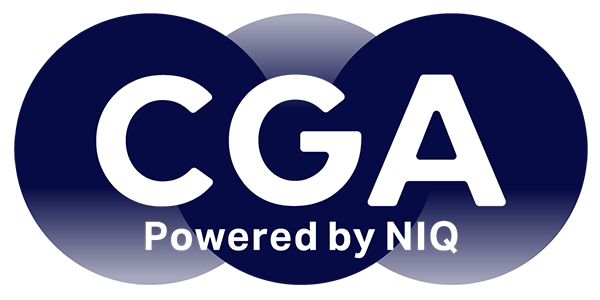Our recent webinar ‘How Moderation is changing the UK beverage basket’ saw a panel of NIQ experts unpacking the latest insights, channel performance, and category dynamics, equipping suppliers and operators to plan for a future shaped by less alcohol, more purposeful consumption and rapidly diversifying competitive set.
Here are five key takeaways.
1) Moderation is mainstream and motivated by wellbeing
More than half (54%) of UK consumers are moderating their alcohol intake, making moderation one of the most powerful behavioural shifts in today’s drinks market.
Health is the primary driver, even above financial pressures, both at home and when out.
Furthermore, no/low is gaining a proportion of what liquor is losing, with experimental growth also impacting liquor performance. And interestingly, price isn’t the key motivation for wellbeing, despite an overall price-motivated marketplace.
Younger consumers are over-indexing in the no/low category but are drinking more purposefully rather than abstaining. Yet Gen X and millennials are still the most active demographic for On Premise visits. So, it’s still essential to engage their interest, loyalty and advocacy.
2) Reduced alcohol sales reallocates spend
It’s no longer a question of whether moderation is happening, but where spend is going, as shoppers buy alcohol less frequently, narrow their repertoires and increasingly substitute with no/low alternatives.
People are buying into BWS (beers; wines and spirits) less often, with the category losing £130m in spirits and £91m in beer year on year in the Off Trade alone. Conversely, soft drinks have expanded +6.1% in value, as emerging, functional, and premium subcategories lead the charge.
This invites questions like:
- To what extent are losses being picked up by other choices?
- Are there any alternative choices being made?
- Are consumers simply choosing different drink types?
Key industry stakeholders need to first analyse how declining sales are manifesting, then use their findings to drive profitability in the face of reduced drinking occasions and the relevance of them.
Ultimately, there’s both a threat and a roadmap at play, in terms of understanding which alternatives are capturing consumer spend, and which products are future fit for the new competitive set.
3) Category rebalancing
Growth in BWS category is primarily driven by beer. On the other hand, no/low is gaining volume from alcohol categories, with a momentous 93% of shifting gains coming from BWS.
But it’s not all bad news for BWS, considering how consumers:
- Reward reassurance
- Value familiar brands
- See no/low as a way to stay engaged without compromising lifestyle goals
Correspondingly, some consumers are continuing to buy their preferred brands as no/low alternatives. Plus, new products are emerging. And not just alternatives with something removed, but with the addition of benefits that tap into current consumer preferences.
Even so, there are still barriers to overcome in the On Premise, with no/low perceived as lower value for money and unexciting, not special or socially engaging.
The takeaway? No/low needs stronger storytelling, compelling serves, and clearer occasion-fit to deliver value beyond abstention.
4) RTD has broad appeal and serious momentum
Notably, RTDs are bringing new consumers into BWS, accounting for £17.50 of every £100 in new product sales. The category is benefitting from:
- Premium packaging cues
- Flavour-focused propositions
- Crossover appeal between alcoholic and soft drinks
What’s more, RTD gains come from both alcoholic and non-alcoholic categories, with a quarter (25%) of shifting gains from soft drinks.
This emphasises the unique role of RTD’s an “in-between” product – an accessible, flavour-led entry point, piquing curiosity and encouraging repertoire expansion.
For all these reasons, RTD is clearly reframing consumers’ approach to convenience, experimentation, and premiumisation.
5) Functional drinks emerge as high potential challengers
Functional soft drinks have emerged as the most disruptive replacement for alcohol occasions. Functional is still small. But it’s culturally influential, premium-aligned, and over-indexing in terms of the price consumers are willing to pay for benefits – a trend that’s increasingly replicating in the On Premise.
This data is proof of a values-driven movement, where natural ingredients and wellbeing are worth spending hard-earned £££ on, especially for younger consumers.
Additionally, more than three quarters (76%) of On Premise drinkers are willing to try functional products, and over half (51%) want more availability. It’s a meaningful reason for operators to integrate them into menus.
A Market in Transition – and Expansion
Moderation is reshaping value for consumers who still want to treat themselves, connect socially, and discover new experiences. They simply want to do so more intentionally.
This being the case, the next wave of growth is already here for drinks brands, suppliers and operators who curate alternatives and tell stronger product stories to retain relevance.
NIQ’s consumer research and On Premise measurement solutions provide many more insights into the behaviours and preferences of moderating consumers, with in-depth analysis of occasions, channels, categories and much more. To learn how the research can help brands meet the needs of drinkers around the world, and how insights can be tailored to the needs of specific portfolios, get in touch with the CGA by NIQ team.



